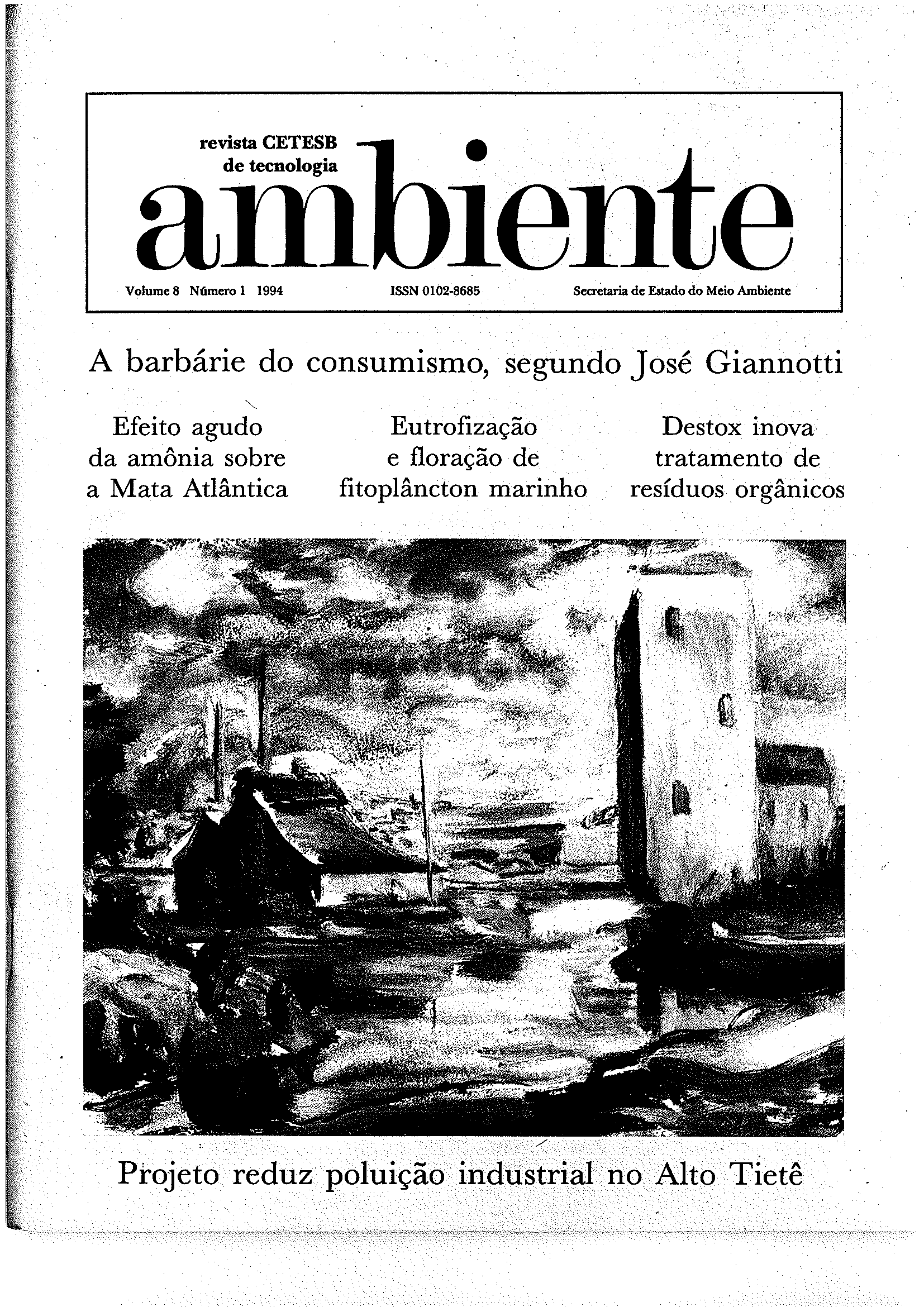A fitossociologia para recuperar área de lavra
Keywords:
natural regeneration, ecology of mining rehabilitation, bauxite, phytosociology, soil-plant relations, environmental impact analysisAbstract
This study analyzed natural regeneration on bauxite mined land to learn how mining affects woody plant communities and to identify appropriate species for site rehabilitation. The site chosen in Poços de Caldas, Minas Gerais State, had last been mined 50 years ago, by hand. Three site conditions were studied: heavily mined, lightly mined, and adjacent unmined terrain. Mined plots were found to have soils of sandy clay loam texture; unmined soils have clayey texture. Chemical properties also differ, especially aluminum (Al3+), which is much lower in mined plots. Woody species show more exuberance on heavily mined sites with family Melastomataceae showing the highest importance value index; family Compositae was highest on unmined plots.

